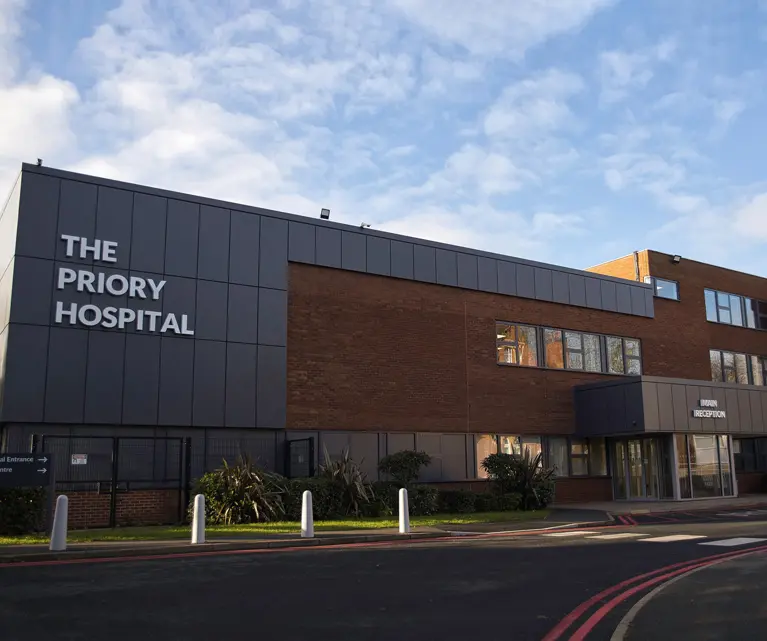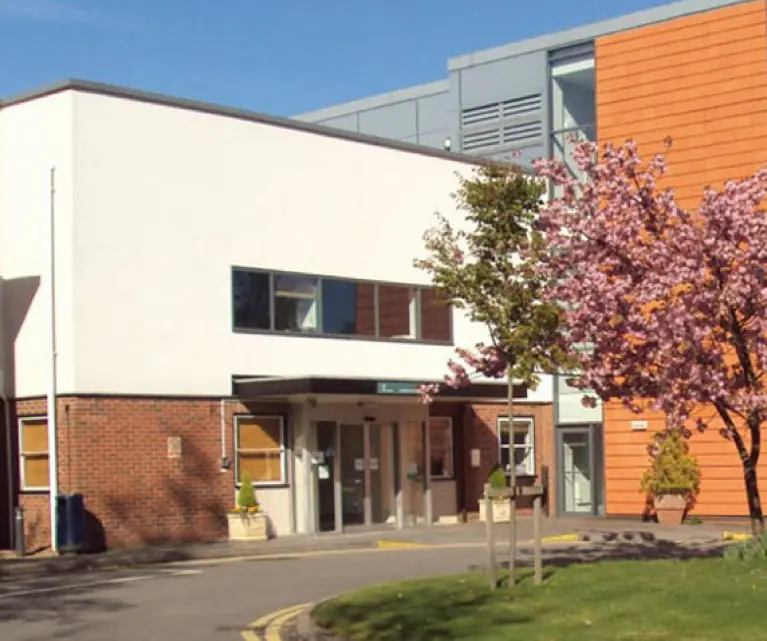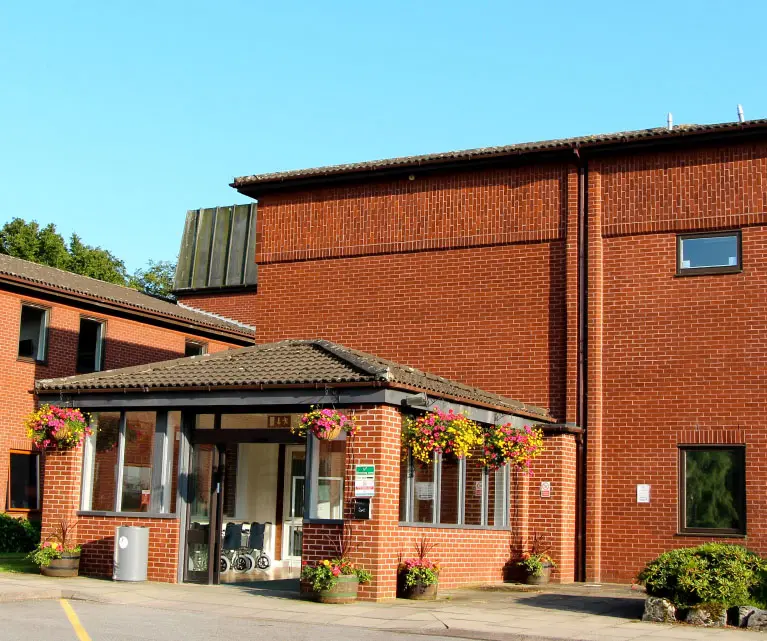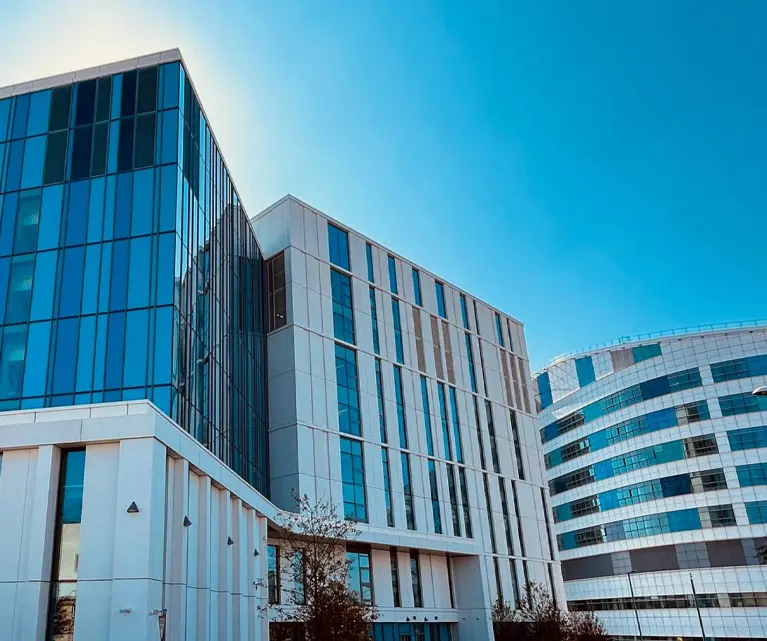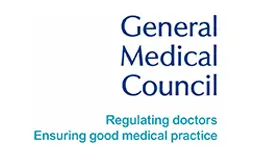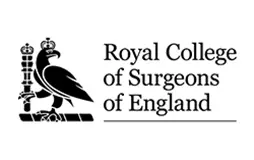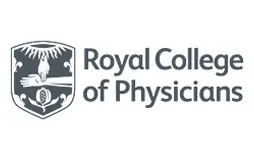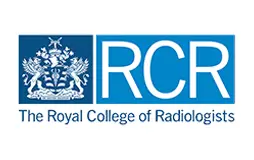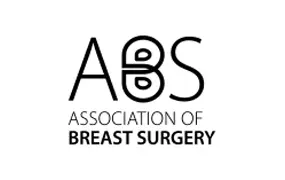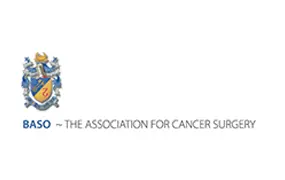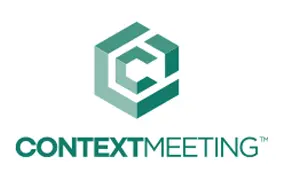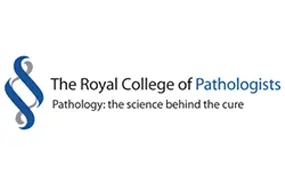Contralateral risk‐reducing mastectomy (CRRM) rates have tripled over the last 2 decades. Reasons for this are multi‐factorial, with those harbouring a pathogenic variant in the BRCA1/2 gene having the greatest survival benefit.
On May 14th, 2013, Angelina Jolie shared the news of her bilateral risk‐reducing mastectomy (BRRM), on the basis of her BRCA1 pathogenic variant status. We evaluated the impact of this news on rates of CRRM in women with increased risk for developing breast cancer after being diagnosed with unilateral breast cancer.
The prospective cohort study included all women with at least a moderate lifetime risk of developing breast cancer who attended our family history clinic (1987–2019) and were subsequently diagnosed with unilateral breast cancer. Rates of CRRM were then compared between patients diagnosed with breast cancer before and after Angelina Jolie’s announcement (pre‐ vs. post‐AJ). Of 386 breast cancer patients, with a mean age at diagnosis of 48 ± 8 years, 268 (69.4%) were diagnosed in the pre‐AJ period, and 118 (30.6%) in the post‐AJ period. Of these, 123 (31.9%) underwent CRRM, a median 42 (interquartile range: 11–54) days after the index cancer surgery. Rates of CRRM doubled following AJ’s news, from 23.9% pre‐AJ to 50.0% post AJ (p < 0.001). Rates of CRRM were found to decrease with increasing age at breast cancer (p < 0.001) and tumour TNM stage (p = 0.040), and to increase with the estimated lifetime risk of breast cancer (p < 0.001) and tumour grade (p = 0.015) on univariable analysis.
After adjusting for these factors, the step‐change increase in CRRM rates post‐AJ remained significant (odds ratio: 9.61, p < 0.001). The AJ effect appears to have been associated with higher rates of CRRM amongst breast cancer patients with increased cancer risk. CRRM rates were highest amongst younger women and those with the highest lifetime risk profile. Clinicians need to be aware of how media news can impact on the delivery of cancer related services. Communicating objective assessment of risk is important when counselling women on the merits of risk‐reducing surgery.


